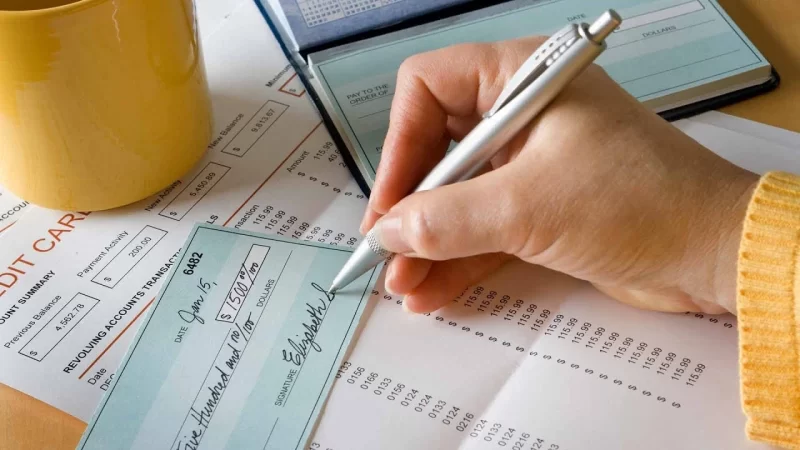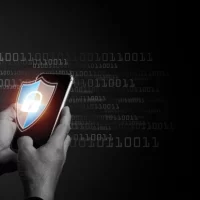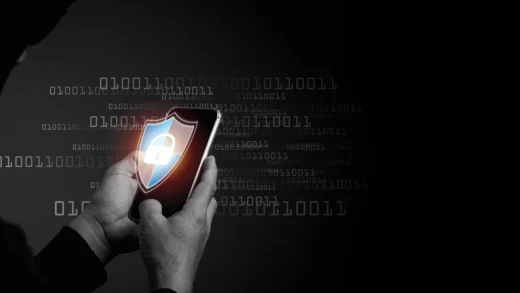How To Write A Check? Important Points & Advices

How to write a check? While being less common than they once were in the digital era, checks are nevertheless widely utilized today.
You probably don’t write checks every day (or maybe you’ve never even done it before), despite the fact that they are a useful and affordable instrument for transferring money.
It’s simple to write a check, and this lesson will teach you how to do it. Follow each step in order, or simply use the aforementioned example as a guide for the checks you must write.
As long as you sign last and the final result is complete and has all the necessary information, you may complete the procedures in any sequence you wish.
This example will have you working your way down a check, rather than starting at the top, which should prevent you from skipping any stages.
Main Points
- Check your bank account to make sure you have enough money before writing a check and think about using a debit card or an electronic transfer instead.
- Together with properly filling out other parts like the data line, signature, and note line, you should carefully write the payment amount in both words and figures.
- More information, such as who you paid and why may be recorded in a check register than what your bank account would reveal.
The Check Before Writing It
Verify that you really need to write a check before you do. The slowest method to transfer money is by writing a check since it takes so much time.
There may be alternative choices available to you that might simplify your life and enable you to save money. You may, for instance:
- You may even instruct your bank to send a check automatically once a month when you pay bills online. There is no need for you to write a check, purchase postage, or send the check in the mail.
- Purchase a debit card, then use it to make purchases. The payment will be made online using the same account.
You will have an electronic record of your transaction with the payee name, the date of your payment, and the amount, and you won’t need to use up any checks (which you’ll need to re-order).
- Set up automated payments for recurring items like insurance premiums and energy bills.
This makes your life simple and often comes at no cost. Just make sure you always have enough money in your account to cover the amount.
Make sure you always have enough money in your bank account, regardless of how you decide to pay.
If you don’t, your payments might “bounce” and result in complications, such as high fees and perhaps legal troubles.
Recommended: How To Add Students To Google Classroom? Best 2 Ways
Filling Out A Check
Below is a description of the ideal check.
- Present Day
Put this in the upper-right corner. Most of the time, you’ll use the current date to aid both you and the receiver in maintaining accurate records. The check may also be postdated, although that option isn’t usually reliable.
- Payee
Write the name of the person or business you are making the payment to on the line that reads, “Pay to the order of.”
If you’re unsure of what to You may need to ask, “To whom do I make the checkout?” while writing. since this information must be precise.
- Quantity Expressed In Numbers
Enter the payment amount in the little box to the right. As you start, write as far to the left as you can.
To avoid fraud, the “8” should be placed exactly up against the left-hand boundary of the dollar box if your payment is for $8.15. Check out some examples of how to enter the amount.
- Quantity In Words
To prevent fraud and misunderstanding, write the amount out in words. This will serve as the precise amount of your payment.
The amount you wrote in words will be considered the lawful amount of your check if it differs from the amount you supplied in numeric form in the previous stage. 1 Utilize just capital letters; they are more difficult to change.
- Signature
Sign the check legibly on the line in the bottom right corner. Enter the exact name and signature that are in your bank’s records. This step is crucial since a check won’t be accepted without a signature.
- Memo line (or “For”)
Feel free to add a remark. This optional step has no bearing on how the banks handle your check.
You should include a note explaining your motivation for writing the cheque in the notes line.
Also, you may want to provide any details your payee will need to execute your payment here (or find your account if anything gets misplaced).
When paying the IRS, you could use this line to provide your social security number or an account number for utility payments.
After The Check Writing
Make a note of the payment once you write the check. Whether you utilize an electronic or paper check register, this should be done there.
By documenting the payment, you may avoid using the funds twice since they won’t really be accessible in your account until the check has been deposited or cashed, which might take some time.
It’s preferable to record the payment while the information is still fresh in your memory.
Keep track of all the checks you write by keeping a check register:
- Keep track of your expenditures to prevent check bounces
- Be aware of where your money goes (your bank statement could merely display the check number and amount, with no indication of the recipient).
- Checking account fraud and identity theft should be detected.
When you acquired your checkbook, you need to have also gotten a check register. If you don’t have one already, you can easily make one using paper or a spreadsheet.
Take a check and copy the following information:
- The check digit
- The day you signed the cheque
- A summary of the transaction or the person you made the check out to
- The amount of the payment
See a graphic of the many components of a check for further information on where to look for this information.
You may balance your checking account using your register. The process of double-checking each transaction in your bank account to ensure that both you and the bank understand what happened is known as this practice.
If there are any errors in your account and if somebody has not deposited a check you wrote, you’ll be aware of it (thereby making you believe you have more money to spend).
You may also get a quick idea of how much money you have accessible by looking at your check register.
When you write a check, you should presume that the money is gone; sometimes, this is because your check is converted to an electronic check, in which case the money is rapidly taken out of your account.
Advice On Writing Checks
When you write a check, be sure it is used for the purpose for which you intended it to be used, and that the recipient receives the payment in the amount you intended.
Checks that are lost or stolen may be altered by thieves. Make it harder for criminals to cause you difficulties by preventing checks from disappearing after they leave your possession.
Regardless of whether you lose money permanently, you will need to invest time and effort in repairing the harm that fraud has caused.
- Security Advice
Create the following practices to reduce the likelihood that fraud may affect your account.
- Make It Irreversible
Every time you write a check, use a pen. If you write with a pencil, anybody with an eraser may alter the check’s amount and payee’s name.
- No Empty Checks
Never sign a check before the payee’s name and the amount have been entered. Bring a pen instead of providing someone access to your bank account if you are unsure of who to write the check payable to or how much anything costs.
- Prevent Checks From Expanding
Be careful to publish the value of the dollar amount as you fill it in in a manner that prohibits con artists from increasing it.
Draw a line after the final digit by beginning at the very left edge of the area. If your check is for $8.15, for instance, place the “8” as far to the left as you can.
, draw a line or write the numbers so big that it is difficult to add additional digits from the right side of the “5” to the end of the space.
If you leave a blank, someone may add numbers, making your check amount $98.15 or $8,159.
- Carbon Replicas
Checkbooks with carbon copies are the best option if you want a paper record of every check you make.
Each check you write is recorded on a tiny page that is included with those checkbooks. As a consequence, you can easily track down where your money went and what you wrote on each check precisely.
- Uniform Signature
Many people’s signatures are illegible, and others even use amusing symbols to sign cheques and credit card slips.
Yet, using the same signature repeatedly makes it easier for you and your bank to spot fraud.
It will be easier for you to prove that you are innocent of accusations if a signature doesn’t match.
- Not A “Cash”:
Don’t make your cheque payable in cash. This is just as dangerous as bringing about a bundle of cash or a signed blank check.
If you want cash, you may simply get it from a teller, use your debit card to purchase a piece of gum, and receive cash back or withdraw cash from an ATM.
- Reduce Your Check writing
Checks aren’t particularly dangerous, but there are other, safer methods of payment. There is no paper to be misplaced or stolen when you make payments electronically.
Since they already include a date and the payee’s name in a searchable format, electronic payments are often simpler to trace.
For recurrent costs, utilize methods like online bill payment, and for regular purchases, use a credit or debit card.
(FAQs)
May I make a cheque payable to myself?
A check made payable to oneself may be deposited at an ATM, a bank branch, or through a mobile banking app.
Put your name in the “Pay to the Order of” section of the check and follow the same procedure as described previously. As soon as you deposit the check, you must sign the back.
Can I sign the check now?
You should not sign a check until you have written the amount in both written and numeric form and completed the “Pay to the Order of” section.
By signing a blank check, you expose your bank account in the event that you misplace it or it is stolen.














